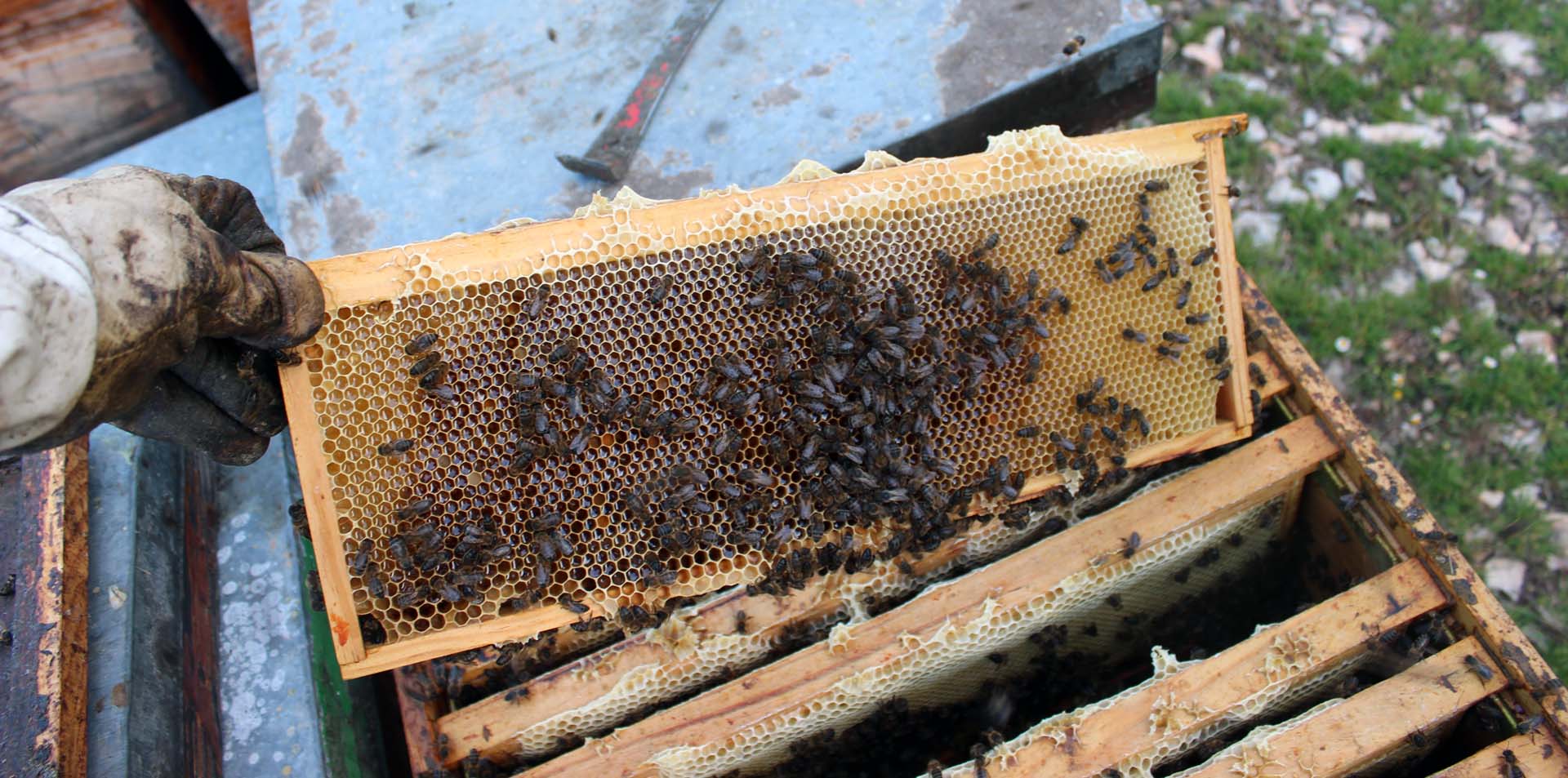The bees form part of the world of insects and in particular of the order of “Hymenoptera”. Even among the friends of nature, few people are aware of the importance of “Hymenoptera” for mankind. Of all the insects, those are who occupy the first place. Thousands of species of paramount importance for nature. This is a little known world, though it is not so in the case of bee products, the products of the hive, honey, pollen, Royal Jelly and the important role of the wasps and bumble bees in the life of man.
The bees are social insects with three different types of individuals or castes in the colony:
- Worker bee.
- Drone bee
- Queen bee.
Each caste has its special function and caries out a type of differentiated work in the colony. The Queen and the worker bees are females and the drones are males. Each caste has a different time or different cycle of development for each species and breeds in distinct types of cells. The period of development of the Queen bee in the case of Apis mellifera is 16 days, the worker bee is 21 days and drone bee is 23 days. Common bees feed on Royal Jelly to become Queen bees.
Feeding
Both the worker bees and the Queen bee are fed Royal Jelly during the first three days of the larval state. Later on, the worker bees change for a diet of pollen and nectar or diluted honey, while those larvae chosen to become Queen bees continue receiving Royal Jelly. This causes that the larva turns into pupa much faster, as well as to increase their size and develop them sexually. Queen breeders consider that good nutrition during the larval stage is of crucial importance for the quality of the queen bees that are bred, while other important factors are good genetics and a sufficient number of matings. During the larval and pupal states, various parasites can attack the pupa or larva and destroy or mutate it
Communication in bees
Honeybees have their own communication system, which we call dance of the bee. During many years researchers struggled trying to decipher the language of these insects. Different species have their own language adaptations, but are similar. In 1973, Karl R. von Frisch, Konrad Lorenz and Nikolaas Tinbergen, won the Nobel Prize in Physiology or Medicine, after deciphering how through dance and vibratory movements, honey bees indicated the distance and orientation, with respect to the sun, of the food source

